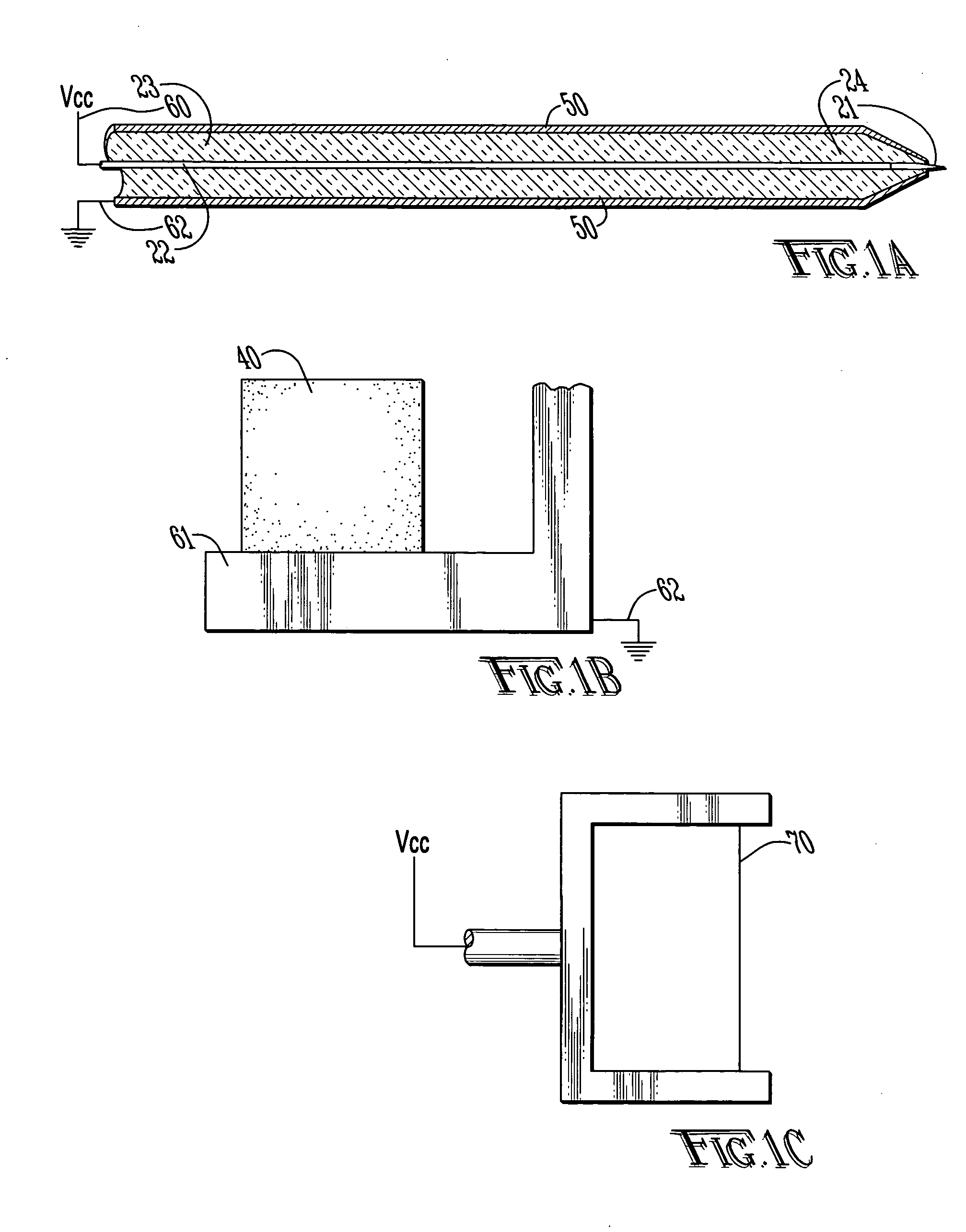Apparatus for automated fresh tissue sectioning
a technology of fresh tissue and apparatus, applied in the direction of analytical using chemical indicators, laboratory glassware, instruments, etc., can solve the problems of poor histological quality of frozen sections, unsuitable for laser capture studies and 3-dimensional reconstruction of morphology or gene expression patterns, and many immunohistochemical target antigens and mrna target sequences, etc., to achieve rapid intra-operative evaluation of surgical margins
- Summary
- Abstract
- Description
- Claims
- Application Information
AI Technical Summary
Benefits of technology
Problems solved by technology
Method used
Image
Examples
Embodiment Construction
[0039] With reference to FIGS. 1A-C and 2, the preferred embodiments of the present invention may be described. The present invention is directed to satisfying the need to produce thin (4-10 μm) serial sections of large fresh tissue specimens that are suitable for high-resolution in situ protein / gene expression studies without ice artifacts or fixation-induced molecular damage.
[0040] Limitations of the existing sectioning techniques result from the fact that they rely on mechanical cutting, which in turn requires the tissue to be rigid. The present invention is a new approach to section tissue via an electro-dissociation process. The cutting tool is electrically biased with respect to the tissue sample which is submerged in a cooling bath. In one embodiment, the cutting tool may use focused radio frequency (RF) energy. The concept of electro-dissociation is known in devices known as electro-discharge machines (EDM) which are used to cut metals. Similar devices using this principle ...
PUM
| Property | Measurement | Unit |
|---|---|---|
| cryogenic temperatures | aaaaa | aaaaa |
| thickness | aaaaa | aaaaa |
| thickness | aaaaa | aaaaa |
Abstract
Description
Claims
Application Information
 Login to View More
Login to View More - R&D
- Intellectual Property
- Life Sciences
- Materials
- Tech Scout
- Unparalleled Data Quality
- Higher Quality Content
- 60% Fewer Hallucinations
Browse by: Latest US Patents, China's latest patents, Technical Efficacy Thesaurus, Application Domain, Technology Topic, Popular Technical Reports.
© 2025 PatSnap. All rights reserved.Legal|Privacy policy|Modern Slavery Act Transparency Statement|Sitemap|About US| Contact US: help@patsnap.com



